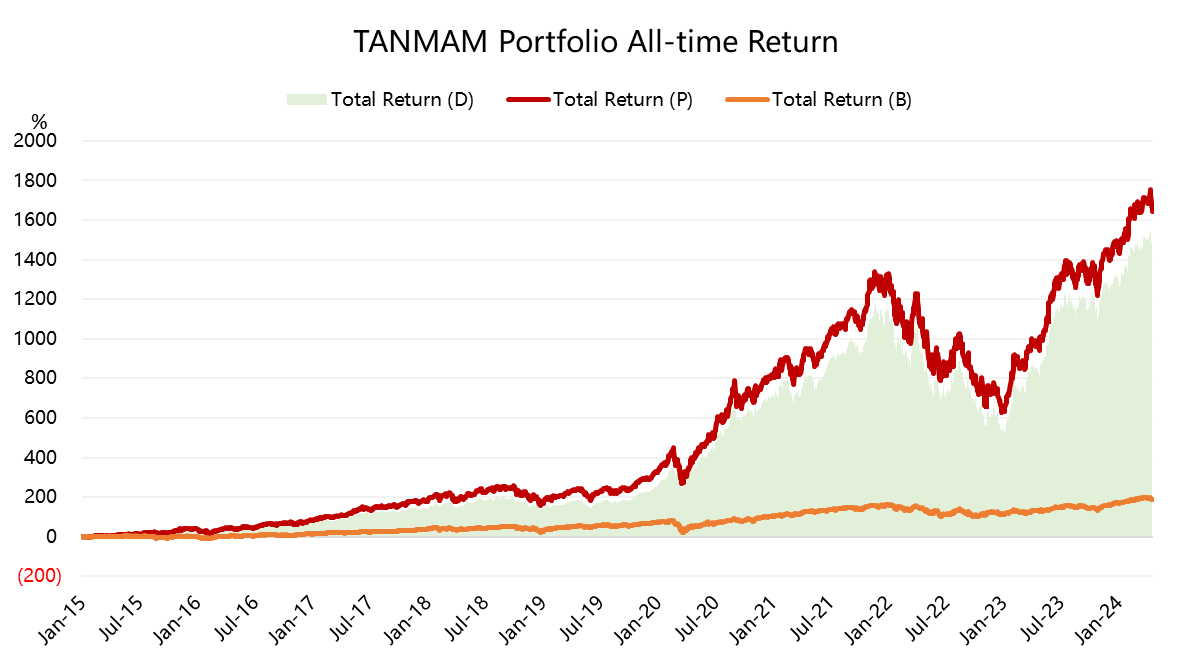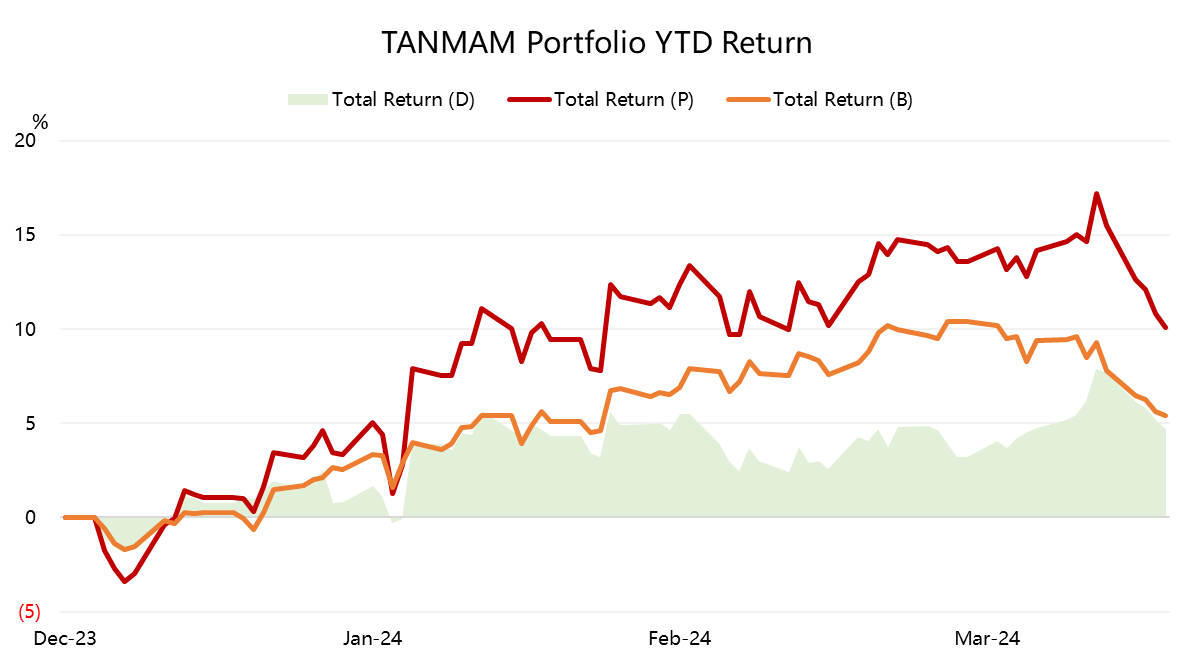Big-Tech’s Performance
Risk-off mode on, with big-techs hit first. Strong earnings does not guarantee a strong surge, macro data brings greater pressure to the market, the Fedes maintain hawkish, combined with the Israel-Iran war, the upcoming technology stock earnings season will also not be optimistic.
As of the close on April 18, all big-techs experienced a pullback, with the worst performers being $Tesla Motors(TSLA)$ at -14.13%, followed by $NVIDIA Corp(NVDA)$ at -6.56%, $Microsoft(MSFT)$ at -5.53%, $Apple(AAPL)$ at -4.57%, $Amazon.com(AMZN)$ at -5.2%, $Meta Platforms, Inc.(META)$ at -4.08%, and $Alphabet(GOOGL)$ at -2.13%.
NFLX announced its earnings this week, despite significantly exceeding expectations, it still dropped by -4.8% after hours.
Big-Tech’s Key Strategy
Tone of The earnings?
Some companies that report early often have a strong enlightening effect and can trigger chain reactions. As the earnings season coincides with the rise in risk aversion, investors have extremely stringent performance requirements.
$ASML Holding NV(ASML)$ Q1 orders fell short of expectations, stemming from reduced capital expenditure at $Taiwan Semiconductor Manufacturing(TSM)$ ;
However, TSMC's performance exceeded expectations but failed to gain market favor, revising downward its outlook for wafer foundry, due to insufficient demand in consumer electronics (cars, smartphones).
This also means that the orders for TSLA and AAPL are below expectations, and at least Q1 may not yield good results.
Looking at the trends of AAPL and TSLA over the past two weeks, the market has already priced in the earnings results of 'below expectations' and 'guidance downgrades'.
It may be very difficult for tech companies to stand out in this earnings season.
For example, $Netflix(NFLX)$ , despite far surpassing expectations in performance, with the advertising business in a growth phase, profit margins and cash flow at historical highs, the market ignores the positives and instead focuses on the cancellation of disclosing new subscriptions in 2025.
Management has long been focused on monetization capabilities and profit margins.
Among big tech companies, except for NVIDIA which still stands at the top of the pyramid,
Microsoft's performance remains stable but lacks surprises,
Amazon's consumer business is strong but faces cloud computing growth bottlenecks,
Meta's social media advertising still has advantages but capital expenses will also increase,
Google's main site advertising may garner investor attention.
It can only be said that in a fragile market, rumors abound, and caution is prevalent.
Big-Tech Weekly Options Watcher
The IV of large technology companies has generally increased before the financial reports, but due to the recent rise in market risk aversion, the speed and pace of IV increase are relatively faster than other earnings seasons. Among them, the sentiment is more pessimistic for AAPL and TSLA, approaching their highs of the past year.
Specifically, there are many open CALL options for TSLA in May at the 200 level, while PUT options are at 120.
Big-Tech Portfolio
The 'Magnificent Seven' compose an investment portfolio ('TANMAMG' portfolio), with equal weights and quarterly weight adjustments. The backtesting results have far exceeded the S&P 500 since 2015, with a total return of 1642%, while the concurrent $SPDR S&P 500 ETF Trust(SPY)$ return was 187%.
Due to the retreat this week, the year-to-date return has decreased to 10.121%, surpassing the SPY's 5.42%.
Over the past year, the portfolio's Sharpe ratio was 2.6, compared to SPY's 1.5, and the portfolio's Information Ratio was 2.2.


Comments
Great article, would you like to share it?